If you’re battling gophers in your garden, you don’t have to resort to harsh chemicals or lethal methods right away. Strategic planting of certain herbs, flowers, and shrubs can create a natural defense system that makes your yard less attractive to these underground pests. Gophers rely heavily on their sense of smell to navigate and find food, which gives gardeners a powerful, plant-based strategy for deterrence by using plants gophers hate.
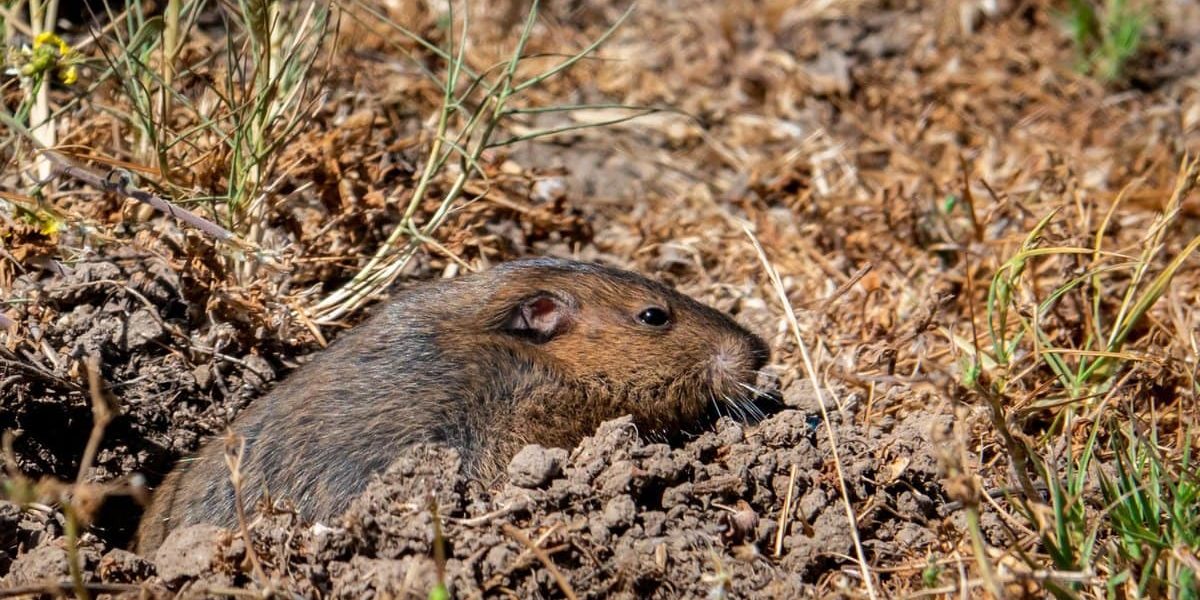
Gophers avoid plants with strong aromas, bitter tastes, or toxic properties. Creating a perimeter of deterrent plants like lavender, garlic, rosemary, marigolds, salvia, and daffodils around vulnerable gardens can significantly reduce gopher damage. For maximum effectiveness, combine plant barriers with other natural deterrents like essential oils, physical barriers, and habitat modifications.
Plants That Naturally Repel Gophers
Gophers are herbivores that consume roots, tubers, bulbs, and above-ground vegetation. However, their keen sense of smell leads them to avoid certain plants with strong aromas or unpleasant tastes. Using these plants strategically can help protect your garden while maintaining its beauty. Additionally, incorporating fragrant herbs or flowers that deter gophers can enhance the aesthetic appeal of your garden. This gopher and mole comparison reveals that moles are primarily insectivores, which means that using plants that attract beneficial insects can serve as a dual purpose; they will not only benefit your garden’s ecosystem but also distract moles away from your more delicate plants. By understanding the dietary preferences of these burrowing creatures, you can design a garden that thrives while minimizing damage.
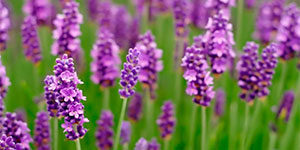
Aromatic Herbs
- Lavender (Lavandula spp.)
- Rosemary (Rosmarinus officinalis)
- Sage (Salvia officinalis)
- Thyme (Thymus vulgaris)
- Mint (Mentha spp.) – use in containers
- Catmint (Nepeta spp.)
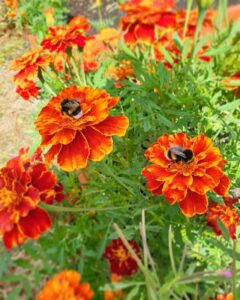
Flowering Deterrents
- Marigolds (Tagetes spp.)
- Geraniums (Pelargonium spp.)
- Salvia (ornamental sage)
- Iris
- Monkey Flower (Mimulus)
- Crown Imperial (Fritillaria imperialis)

Toxic or Bitter Plants
- Daffodils (Narcissus spp.)
- Allium (ornamental onions)
- Garlic (Allium sativum)
- Oleander (Nerium oleander)
- Caper Spurge (Euphorbia lathyris)
- Castor Bean (Ricinus communis)
Some plants that repel gophers are toxic to pets and humans as well. Use caution when planting oleander, castor bean, and euphorbia species. Always research each plant’s safety profile before introducing it to your landscape, especially if you have children or pets.
Strategic Planting Methods for Gopher Control
| Planting Method | Implementation | Effectiveness |
|---|---|---|
| Perimeter Defense | Plant deterrent species around the entire garden border, creating a protective boundary | High – Prevents most gophers from entering the garden area |
| Interplanting | Mix repellent plants throughout vegetable or ornamental beds | Moderate – Helps protect individual plants but may leave gaps |
| Container Gardening | Grow susceptible plants in raised containers with wire mesh bottoms | Very High – Physical barrier combined with repellent plants is most effective |
| Companion Planting | Plant gopher-repellent species directly adjacent to vulnerable plants | Moderate to High – Direct protection for high-value plants |
| Plant Rotation | Alternate susceptible and repellent plants seasonally | Low to Moderate – May confuse gophers but doesn’t provide consistent protection |
Enhanced Protection with Plant-Based Essential Oils
The powerful compounds in gopher-repelling plants can be concentrated in essential oil form for stronger and more targeted application, especially in areas with severe gopher problems.
DIY Essential Oil Spray
Create a natural repellent spray by adding 10-15 drops of essential oils (lavender, peppermint, rosemary, eucalyptus, or thyme) to a spray bottle with 16 oz of water and a drop of dish soap to help the oils disperse. Shake well before each application and spray around gopher holes, garden perimeters, and vulnerable plants. Reapply every 3-5 days and after rainfall.
Cotton Ball Application
Soak cotton balls in undiluted essential oils and place them near gopher tunnels, holes, or in areas showing recent activity. Insert cotton balls directly into tunnel openings or bury them slightly near active runs. Replace every 5-7 days or when the scent diminishes. This method concentrates the repellent effect directly where gophers are active.
Plant Protection Drench
For targeted protection of valuable plants, mix 20 drops of essential oil (castor oil works particularly well) with 2 tablespoons of dish soap in 1 gallon of water. Drench the soil around plants you want to protect, creating a scent barrier that deters gophers from approaching the root zone. Apply monthly during active growing seasons.
Based on gardener experiences, the most potent essential oils for gopher repellent are castor oil, peppermint oil, and eucalyptus oil. These oils not only mask food scents that attract gophers but also irritate their sensitive olfactory systems, making protected areas uncomfortable for them to inhabit or explore.
Additional Natural Gopher Deterrents
| Natural Deterrent | Application Method | How It Works |
|---|---|---|
| Castor Oil |
|
Creates an unpleasant taste and smell in soil; may cause mild digestive upset if consumed |
| Coffee Grounds |
|
Strong aroma masks food smells and irritates gophers’ sensitive noses |
| Fish Oil |
|
Creates predator-like smell that frightens gophers (may attract other animals) |
| Hot Pepper Spray |
|
Capsaicin irritates gopher’s sensory organs and makes protected areas uncomfortable |
Important Usage Notes
- Reapplication is key: Most natural repellents break down quickly, especially after rain or irrigation. Regular reapplication is necessary for ongoing protection.
- Combination approach: Using multiple deterrents simultaneously creates a more effective defense than relying on a single method.
- Safety precautions: Even natural deterrents can cause skin irritation. Wear gloves when handling essential oils, castor oil, or hot pepper mixtures.
- Environmental considerations: Some natural oils and substances can affect beneficial soil organisms. Apply targeted treatments rather than broad applications when possible.
- Seasonal timing: Apply deterrents more frequently during spring and fall when gopher activity typically increases.
Complementary Physical Barriers
Plant-based deterrents work best when combined with physical barriers that prevent gophers from accessing your valued plants through underground tunneling.
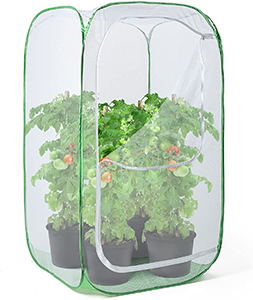
Plant Baskets
- Use 1/2-inch hardware cloth to create baskets
- Line planting holes before installing plants
- Allow roots to grow through mesh over time
- Ideal for protecting individual specimen plants
- Create baskets at least 2× the rootball size
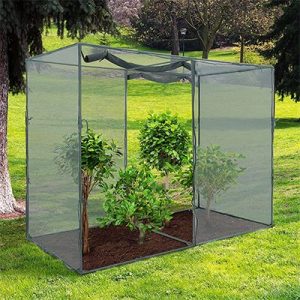
Garden Bed Protection
- Line bottom of raised beds with hardware cloth
- Extend mesh 6-12 inches up sides
- Combine with repellent plants at bed corners
- Use 1/4 to 1/2-inch mesh size
- Galvanized hardware cloth prevents rusting

Underground Fencing
- Dig trench 24-30 inches deep around garden
- Install hardware cloth with L-shaped bottom
- Bend bottom 6 inches outward at 90° angle
- Extend 3-6 inches above ground level
- Plant repellent species along fence line
Frequently Asked Questions
How quickly will plants repel gophers?
Plant-based repellent methods typically take time to establish and become effective. Newly planted deterrent plants may need 4-6 weeks to develop enough foliage and roots to release sufficient repellent compounds. The aromatic intensity also increases as plants mature. For immediate protection while waiting for plants to establish, combine planting with other deterrent methods like essential oil applications or physical barriers.
Which plants are most effective against gophers?
The most consistently effective plants for gopher deterrence are those with the strongest aromas or most toxic properties. Garlic, caper spurge (Euphorbia lathyris), castor bean (where legal), marigolds, lavender, and daffodils typically provide the strongest repellent effects. These plants can be strategically placed around especially vulnerable areas for maximum protection. In addition to using aromatic and toxic plants, it’s important to combine these natural deterrents with other methods for a comprehensive approach to gopher management. Homeowners should consider investing in the best gopher traps for effective control, which can significantly reduce the population of these pests. By integrating both deterrent plants and traps, you can create a more robust defense system against gophers while maintaining a healthy garden environment.
Are some plants more vulnerable to gopher damage?
Yes, gophers are particularly attracted to plants with fleshy roots, tubers, or bulbs. Vegetables like carrots, potatoes, sweet potatoes, and beets are highly vulnerable. Ornamental plants with succulent roots such as tulips, dahlias, and iris (except for certain varieties) are also favorites. Plants with milky sap, tough roots, or strong aromas tend to be less attractive to gophers.
Can I create a mixed planting that both repels gophers and attracts beneficial insects?
Absolutely! Many gopher-repelling plants like lavender, salvia, thyme, and marigolds are also excellent for attracting pollinators and beneficial insects. By creating a diverse garden that includes these multi-purpose plants, you can simultaneously deter gophers while supporting beneficial wildlife. This approach enhances your garden’s ecological resilience and natural pest management capabilities.
Will gopher-repelling plants harm other wildlife in my garden?
Most gopher-repelling plants are safe for beneficial wildlife. Plants like lavender, rosemary, thyme, and marigolds actually support pollinators and beneficial insects. However, some strongly toxic plants like oleander, castor bean, and caper spurge can be harmful to pets, children, and some wildlife if ingested. Always research each plant’s potential impacts and place toxic varieties in areas with limited access for non-target animals.
Conclusion
Using plants that gophers hate provides an environmentally friendly, sustainable approach to gopher management that can reduce or eliminate the need for more aggressive control methods. By strategically incorporating aromatic herbs, pungent flowers, and plants with toxic or bitter compounds, you can create a landscape that naturally deters gophers while maintaining aesthetic appeal.
For the most effective plant-based gopher control, implement a comprehensive strategy that includes perimeter plantings of deterrent species, strategic interplanting within garden beds, and companion planting near vulnerable plants. Complement these natural barriers with physical protection methods like wire baskets and underground fencing for high-value plants. Regular maintenance, including pruning to release more aromatic compounds and seasonal replanting, will ensure ongoing protection against gopher damage.
While no single method provides complete protection against determined gophers, this integrated approach significantly reduces damage while enhancing your garden’s biodiversity and ecological health. For severe infestations, these plant-based methods can be used alongside more direct control measures to gradually transition to a more naturally protected landscape.
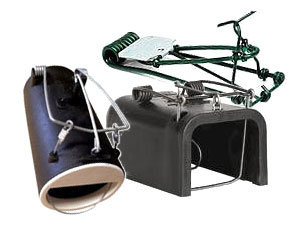
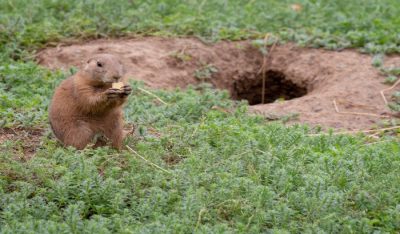
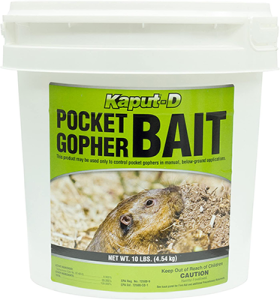

Inga, thank you for so many ways to get rid of gophers. my yd is loaded with them. i will start trying them. thank you.